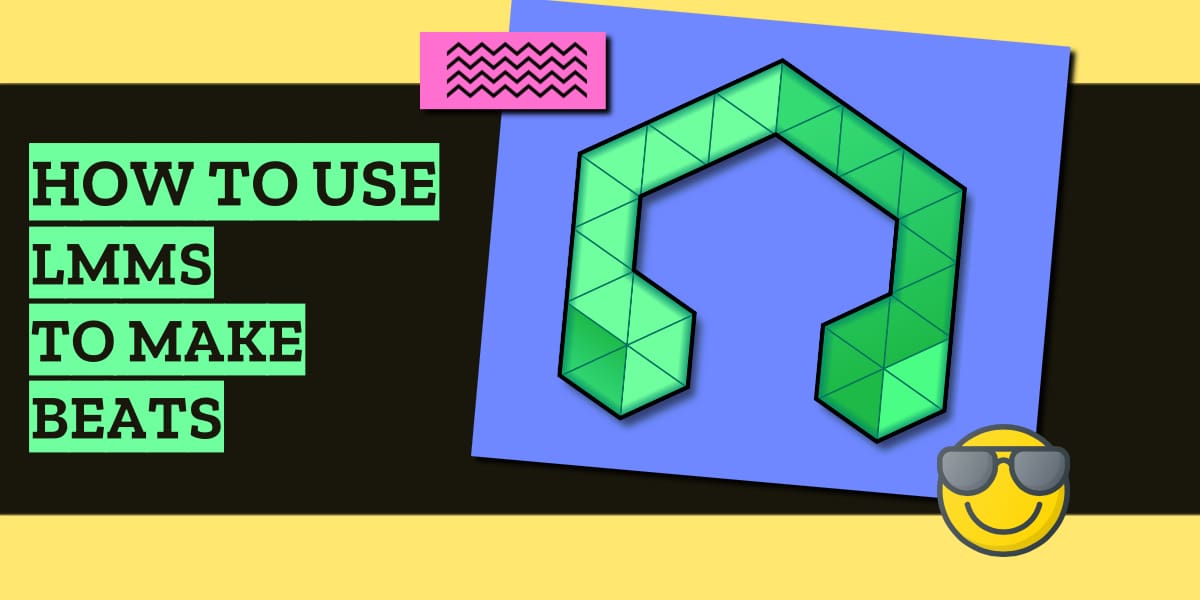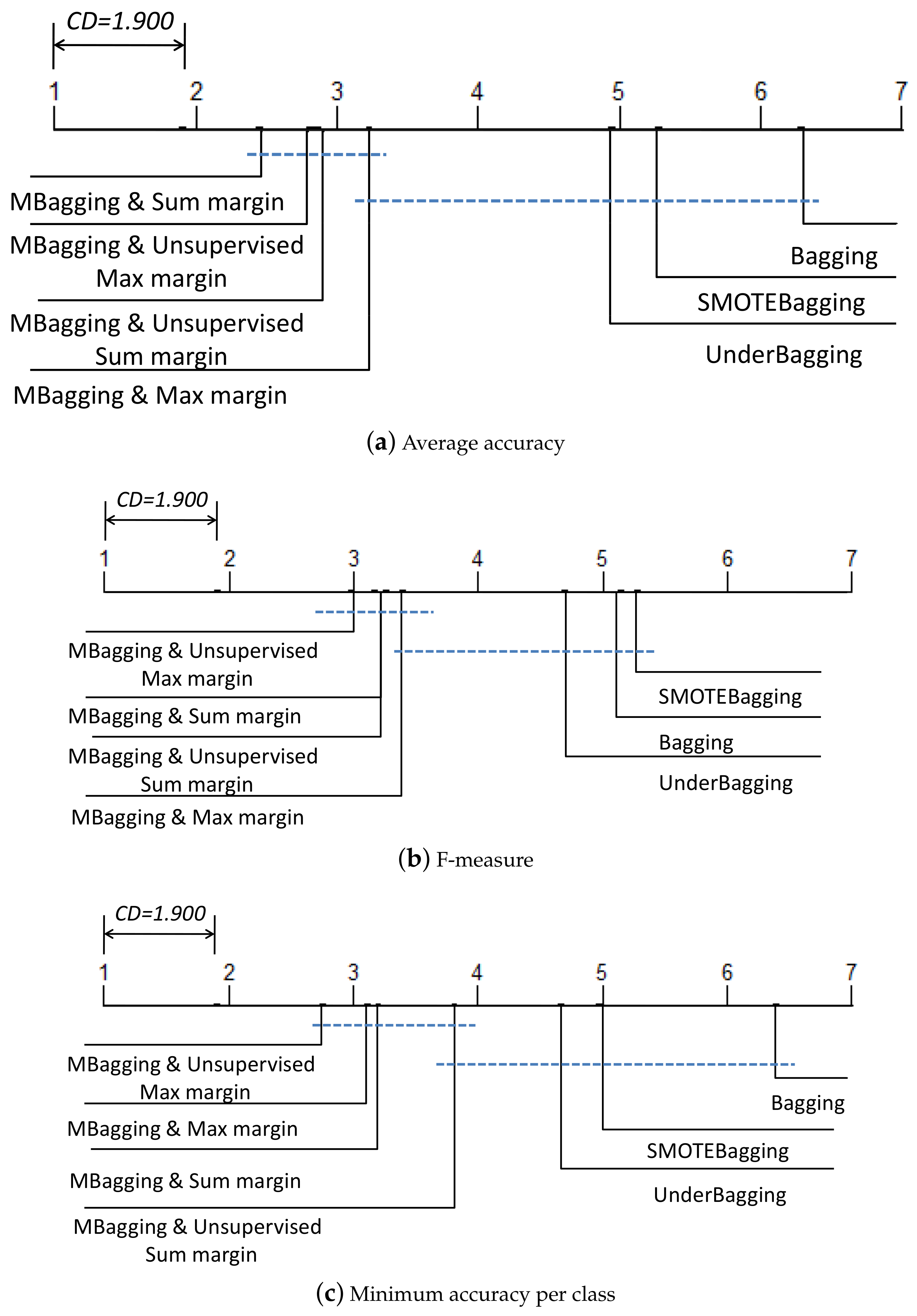

By following the steps outlined in this article, you can easily download and install LMMS on your computer for free and start creating music right away. With its easy-to-use interface and wide range of features, LMMS is a great option for both beginners and professionals. LMMS is a powerful free DAW that enables you to create music on your computer. Export your project: Click on “File” in the menu bar and select “Export.” Choose a file format and export your project. Arrange your tracks: Drag and drop your tracks to arrange them in the order you want.Ħ.

Add effects: Click on “Add” in the sidebar and select “Effect.” Choose an effect from the list and add it to your project.ĥ. Add drums: Click on “Add” in the sidebar and select “Drums.” Choose a drum kit from the list and add it to your project.Ĥ. Add instruments: Click on “Add” in the sidebar and select “Instrument.” Choose an instrument from the list and add it to your project.ģ. Add a new project: Click on “File” in the menu bar and select “New.” Choose a template or start from scratch.Ģ. Here are some basic steps to get you started:ġ. Now that you have set up LMMS, you can start creating music. Click on “Edit” in the menu bar and select “Preferences.” In the “Plugin paths” tab, add the folder where your VST plugins are stored. Select your VST plugins: VST (Virtual Studio Technology) plugins are virtual instruments and effects that you can use in LMMS. Click on “Edit” in the menu bar and select “Settings.” In the “MIDI settings” tab, select your MIDI controller from the dropdown menu.ģ. Set up your MIDI controller: If you have a MIDI controller, you can connect it to your computer and set it up in LMMS. Configure the audio settings: Click on “Edit” in the menu bar and select “Settings.” In the “Audio settings” tab, select your sound card from the dropdown menu.Ģ. Once the installation is complete, launch LMMS by double-clicking on the LMMS icon on your desktop or by searching for it in your computer’s applications.Īfter launching LMMS, you need to set it up before you start creating music.

Follow the on-screen instructions to complete the installation process.ģ. Double-click on the downloaded installer file to start the installation process.Ģ. Once you have downloaded the LMMS installer, follow these steps to install it:ġ. Choose the latest version of LMMS and click on the “Download” button. Select your operating system from the list of options.Ĥ. m, -mode stereomode Set the stereo mode used for the MP3 export. Click on the “Download” button on the homepage.ģ. LMMS is a free cross-platform alternative to commercial programs like FL Studio. Open your web browser and go to the LMMS website. My question for you guys is: do you use oversampling? If you do, how do you make it sound the way you originally intended? It's pretty hard to mix and master a song when the export process completely changes the dynamic balance.To download LMMS, follow these simple steps:ġ.

Just to make sure, I exported it again with the same settings minus the oversampling, and it sounded just like how it did while editing it. The character of the sound was completely changed, and not for the better this time. Of course, everything sounded nice and smooth and less edgy, but a lot of the subtleties and dynamics of the song were lost. I used a ton of lowpass filters (on almost every track at certain parts) and the 2x oversampling made these filters way overkill (everything sounded very muted). I'm used to having the oversampling make the song sound a little different (almost always in a good way) but this time, it really affected the sound a lot. Like usual, I did a bit rate of 192, medium speed sinc, and 2x oversampling. I'm almost done with another song, and I exported the (nearly) final mix so I could listen to it.


 0 kommentar(er)
0 kommentar(er)
